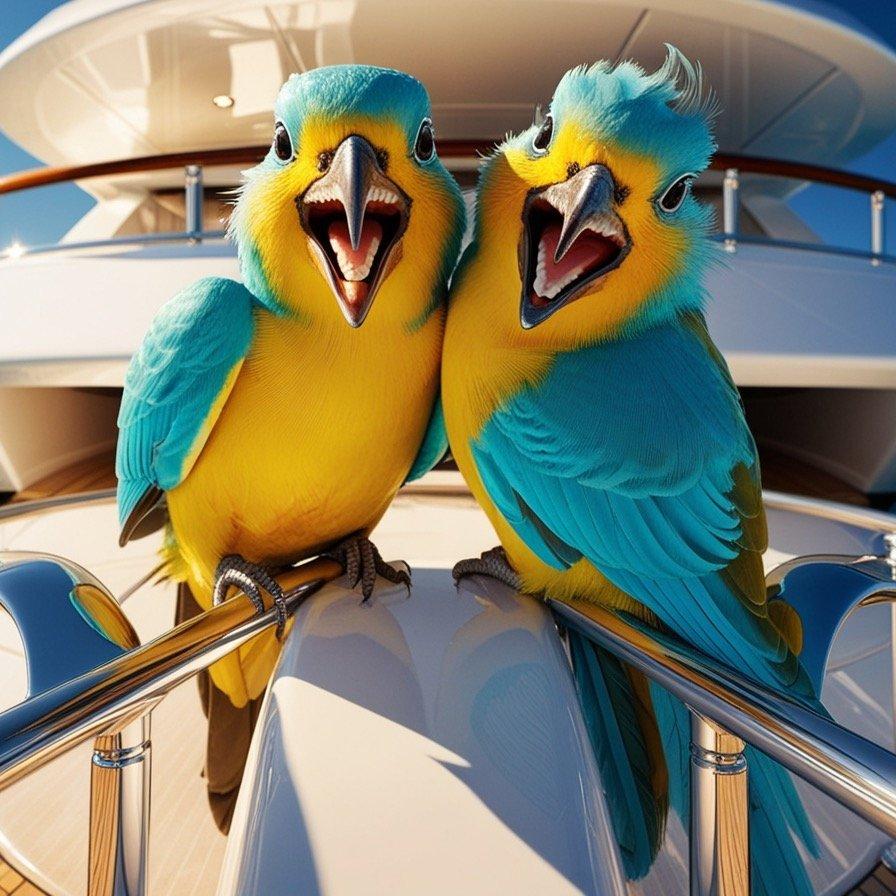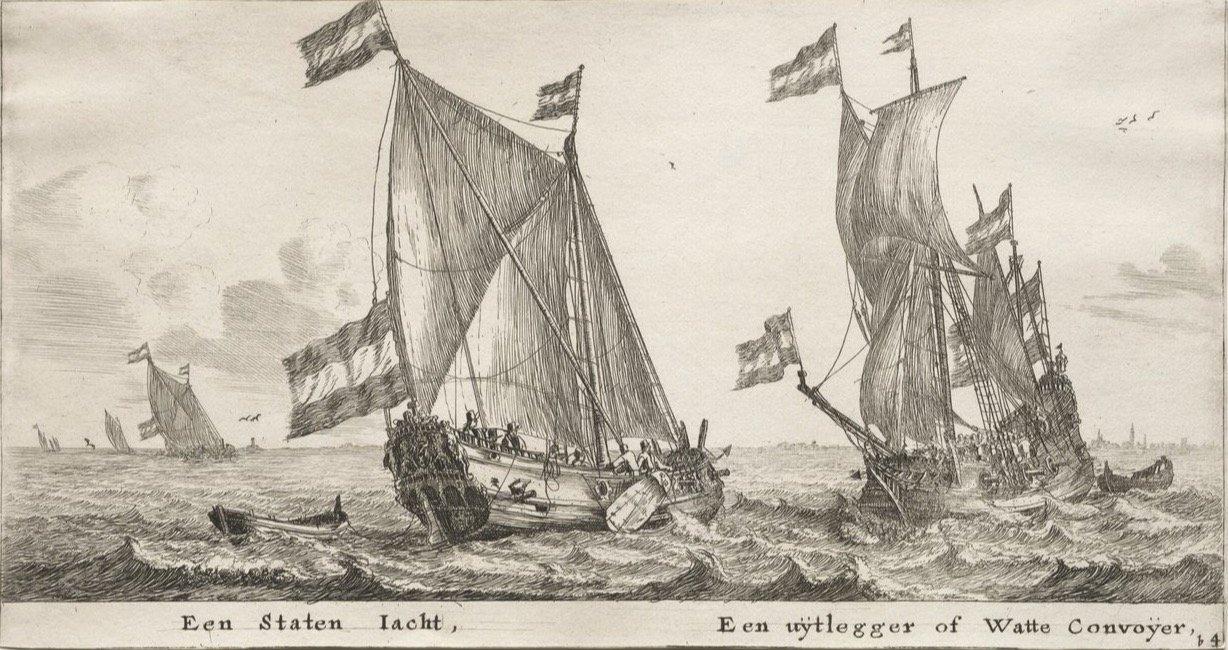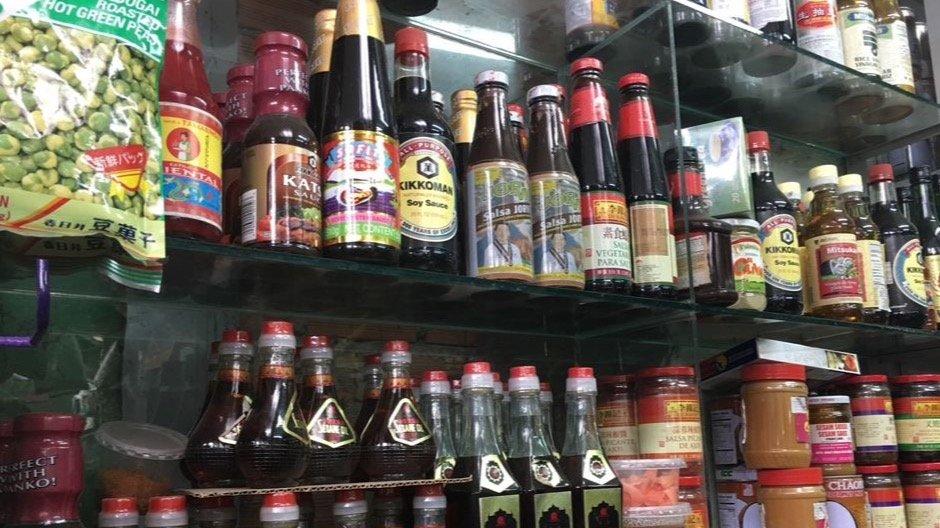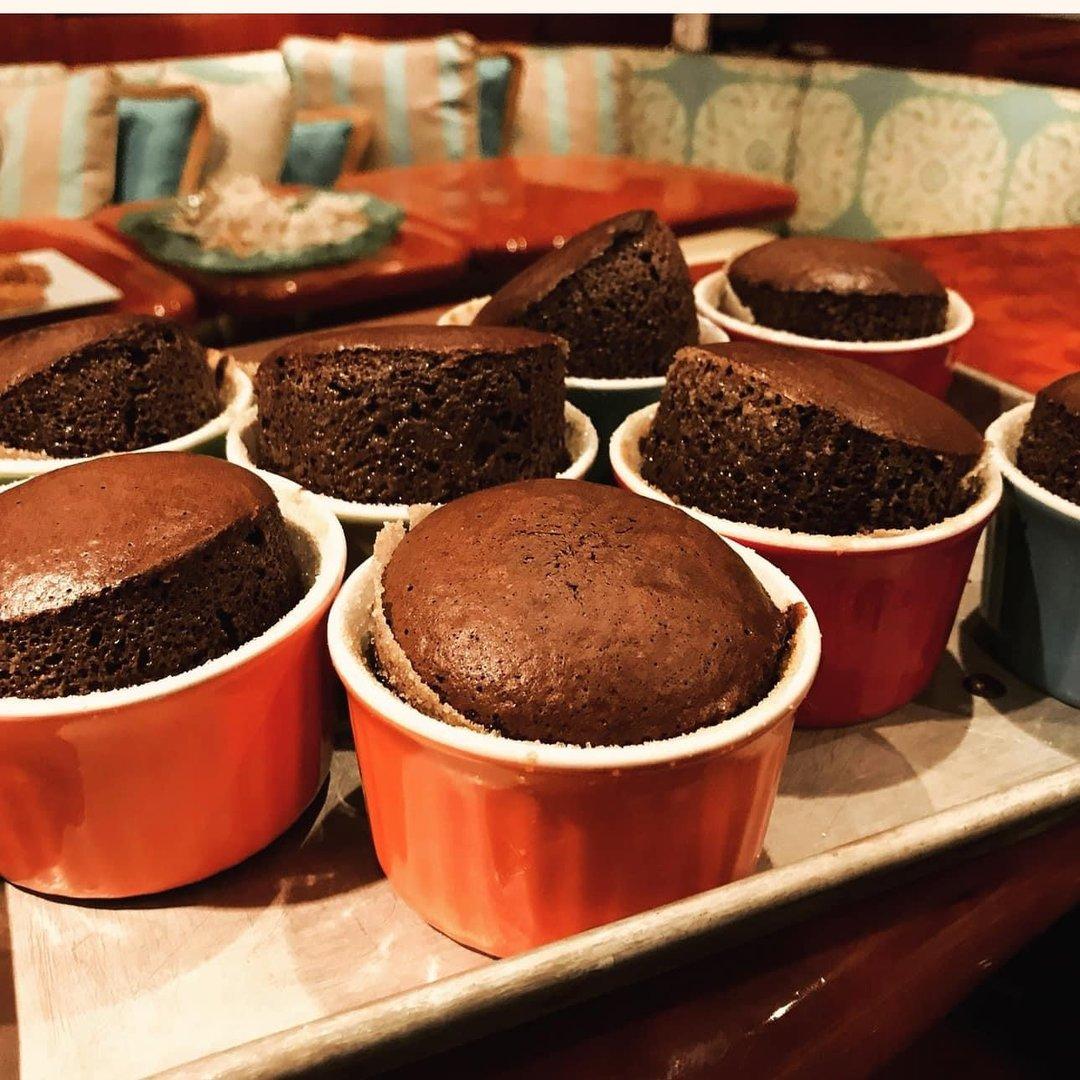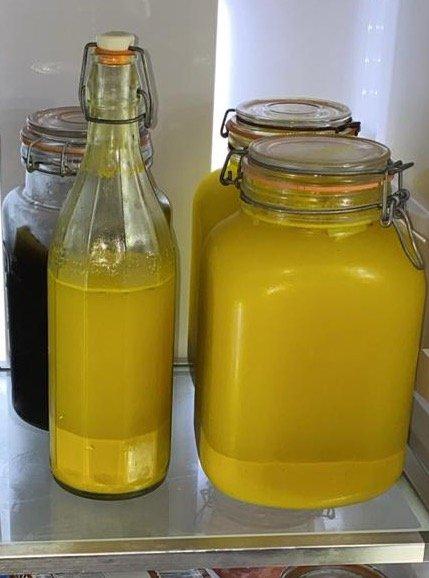The Allure of the Open Sea: A Prelude to a History of Private Yachting by Gregory C. Y. Piatkowski. #24/0151.
October 12, 2024 · 5 min read
(Picture: Ships of Amsterdam: Dutch Admiralty Yacht. A Guard Ship.)
The Allure of the Open Sea: A Prelude to a History of Private Yachting
Private yachting is more than a pastime; it’s a lifestyle choice, a blend of adventure and exclusivity that offers freedom on the open water. At its heart, private yachting is the ownership or use of a vessel specifically for personal leisure rather than commercial or competitive purposes. It’s a realm where the practical meets the luxurious, where one can cruise at their own pace, far from the bustle of the shore, with a view that’s constantly changing.
Historically, private yachting emerged as a pursuit for the wealthy, those who sought both relaxation and status as they sailed along coastlines or crossed seas. Today, private yachting has expanded to encompass a diverse array of vessels, from compact sailing yachts to sprawling superyachts equipped with every imaginable amenity. While it once symbolized exclusivity and luxury, modern private yachting often reflects an appreciation for the environment, with owners exploring more sustainable ways to navigate the world’s oceans.
In essence, private yachting embodies a desire to escape, to explore, and to experience the world from a unique vantage point, one where the horizon is yours alone and the sea stretches endlessly before you.
In Hemingway’s words, the sea is “the last free place on earth.” Out there, away from the land and the noise, it’s just you and the horizon. That’s the allure that’s driven yachting from the start—a taste of true freedom, untamed and raw. Hemingway captured the soul of it: the sea is both a companion and a challenger, a place that reminds you that freedom isn’t found in comfort. It’s found when you’re willing to face the unknown, stripped down to your core.
This article is a first step—a pilot, if you will—into a series exploring the fascinating journey of private yachting from its origins to the present day. The history of private yachting isn’t just about boats; it’s about the people who embraced the open sea, driven by a sense of adventure, luxury, and freedom. This series will chart the evolution of private yachting across the centuries, beginning here with a broad look at its key milestones.
1600s: Dutch Beginnings and the Birth of the “Jacht”
Private yachting owes its start to the Dutch in the 17th century, who, amidst their Golden Age, crafted small, swift vessels called “jachts” to patrol waterways and transport goods. These boats quickly gained popularity among the Dutch elite, who saw in them the potential for leisure, not just utility. The Dutch merchant class and nobility began using these jachts for personal voyages, and with that, the first spark of private yachting was born.
1660: Charles II and the Spread of Yachting to England
In 1660, the Dutch presented England’s Charles II with a yacht named Mary, and the English king was captivated. This gift marked a pivotal moment, bringing yachting into the English court and spreading its allure to British nobility. Charles soon had more yachts built and started informal races on the Thames, solidifying yachting as a pursuit of leisure, not merely function.
1720: The First Yachting Club and Formalized Yachting
The Royal Cork Yacht Club, founded in 1720 in Ireland, became the world’s first yachting club, formalizing the sport with organized regattas. This institutionalization of yachting encouraged enthusiasts to gather, race, and discuss their passion. Yacht clubs spread throughout Europe, and yacht design began evolving with a focus on speed and maneuverability, laying the groundwork for competitive sailing as we know it.
1851: The America’s Cup and International Competition
The 1851 America’s Cup put yachting on an international stage when the American schooner America bested the British fleet. This historic race ignited a sense of rivalry that pushed yacht designs toward new heights of speed and efficiency. The America’s Cup remains a prestigious event, exemplifying yachting’s shift from leisurely cruising to high-stakes competition.
Late 1800s to Early 1900s: The Golden Age of Yachting
The late 19th century saw a surge in luxury yachting. Industrialists, royals, and socialites commissioned ever more lavish yachts, turning them into floating palaces complete with salons, dining rooms, and more. Steam-powered yachts allowed for extended journeys, further cementing yachting as a status symbol. During this golden era, private yachts became statements of wealth and a testament to the power of their owners. The golden era of classic sailing, with its elegant vessels and leisurely cruises, came to a crashing halt with the outbreak of World War I. Yachts that once glided along peaceful coastlines were suddenly pulled into the war effort, repurposed as patrol boats and hospital ships. Yacht builders traded teak and mahogany for steel and iron, their focus shifting from crafting beauty to building for battle. By the war’s end, the world had changed. That carefree elegance was a relic, and society was no longer in the mood for grandeur. The yachts of pre-war days became silent witnesses to a lost time, as people turned to rebuilding rather than indulging. Yachting would continue, of course, but it would emerge different—a symbol of the new world, shaped by both loss and resilience.
Post-WWII: Motor Yachts and Modern Materials
After World War II, advancements in materials like fiberglass and aluminum changed the game. These materials allowed for lighter, more durable yachts, and motor yachts surged in popularity, bringing unprecedented comfort and convenience. The 1950s and 60s saw the rise of the superyacht, with features like multiple decks, swimming pools, and lavish living spaces. Yachting had truly transformed into a lifestyle of luxury and freedom.
1970s-1980s: The Superyacht Craze
The 1970s and 80s witnessed a boom in superyachts, driven by the wealth of a new class of industrialists and moguls. Yacht builders like Feadship and Lürssen crafted massive vessels with cutting-edge technology, from satellite communications to computerized navigation systems. Superyachts became the ultimate symbol of affluence and the means for a select few to explore the world with unmatched comfort.
1990s-Present: Sustainability and New Trends
Today, yachting balances luxury with environmental consciousness. Innovations in hybrid propulsion systems, solar panels, and sustainable materials have redefined modern yacht design. Meanwhile, the trend toward expedition yachts has allowed owners to journey to remote, untouched places, blending exploration with eco-friendly practices. The spirit of yachting endures, with a new generation of yachts and yacht owners who prioritize sustainability while indulging in the age-old allure of the open sea.
What’s Next in This Series?
This pilot article sets the stage for a deeper dive into each of these eras, exploring the personalities, technological advancements, and cultural shifts that have defined private yachting. In the coming articles, we’ll examine everything from the early days of the Dutch “jacht” to the cutting-edge designs of today’s eco-friendly superyachts, offering a comprehensive look at the rich tapestry of yachting’s past and future. So, join us as we chart a course through time, uncovering the stories that have made private yachting what it is today—a pursuit of freedom, luxury, and the endless possibilities of the open water.
This pilot not only introduces the history of private yachting but also frames the series as an invitation to explore the evolution of yachting across centuries. Each forthcoming article will delve into specific aspects, making the entire series a journey through the fascinating legacy of yachting.


